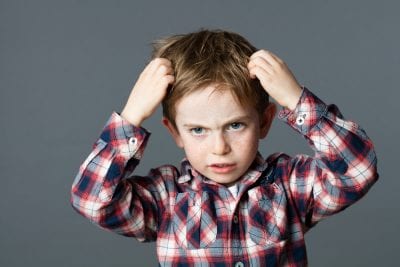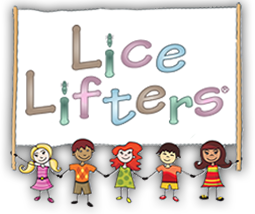
Head lice are becoming increasingly more common throughout the country. On average, there are between 6 and 12 million reported cases of head lice infestations in the United States. These numbers are rising consistently each year. With so many head lice being passed around, more and more adults are becoming worried about their children. Are head lice causing hives? This is one example that worries parents. To answer that question; yes, head lice can cause hives, rashes, eczema, and other skin conditions. Head lice are troublesome and can certainly cause plenty of annoyance over time.
Head Lice Infestation Causing Hives
Lice are miniature. Despite their small stature, head lice are known to cause quite the stir. In children who have never experienced head lice, the irritation and constant itch can be quite troublesome and often confusing. Many head lice infestations lead to intense itching, which is often localized behind the ears and at the base of the hairline. The constant itch, stemming from the bite of the lice, then leads to sores forming, which may become infected with bacteria.
Furthermore, an extended head lice infestation – one not handled properly – will often lead to intense scratch marks, hives, eczema, and rashes along the shoulders and hairline. As clothing rubs against these regions and the itching continues, the situation will only worsen, which is when we recommend lice removal services.
Know Your Head Lice
To properly combat head lice, you must know your enemy. You now know that head lice infestations can lead to hives. Here are some common facts to educate yourself on head lice:
- Head lice feed on blood from the scalp and die without a host.
- Head lice cannot survive for longer than 48 hours at room temperature without a host.
- Head lice undergo gradual metamorphosis through three stages: eggs (nits), nymphs, and adults.
- It takes 7-10 days for a nymph to hatch.
How Head Lice Spread
If you are worried about hives, then catching head lice early is critical. First, let’s discuss how head lice spread, though. Most commonly, head lice spread via direct head-to-head contact, which is why children are more frequently infected with head lice than adults. Children often receive head lice while sharing clothing, hats, and scarves, or while on the playground, at a sleepover, or at camp.
Once head lice have firmly gained ground on the scalp, they begin to feed and lay eggs on the hair follicles. From here, it is a vicious cycle of itching and new nymphs hatching. Your child may be fearful of the entire ordeal. An itchy scalp and bugs? That sounds bad. Add in hives to the equation and you have a troubling ordeal that is bad enough for adults, but likely worse for our kids.
From the very moment you spot head lice, schedule an appointment with Lice Lifters at our Frisco location. We provide a welcoming, comforting environment for children suffering from head lice. Schedule professional lice treatment by calling 972-805-1308. We are here for your family in this trying time!




